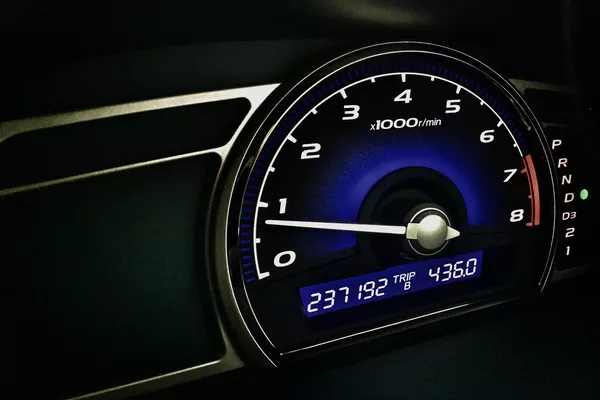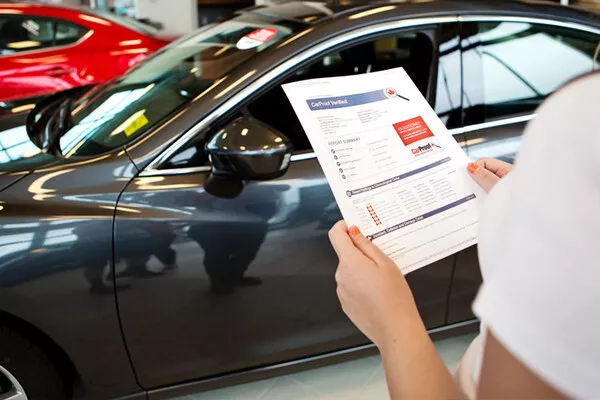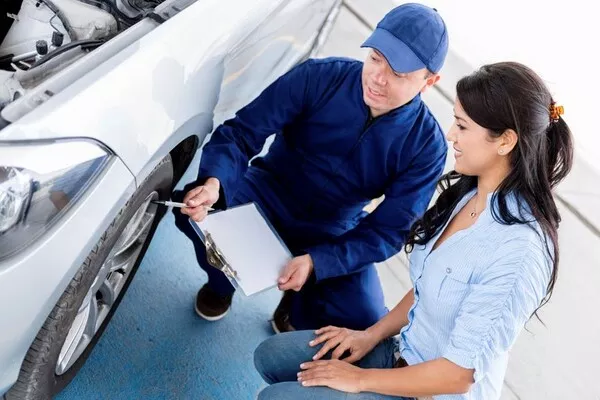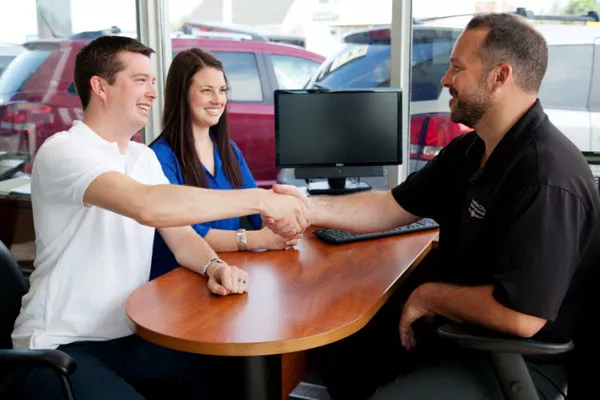Years ago, it was considered foolish to buy a vehicle with over 150,000 KM mileage. Reliability used to be more questionable back then, and lots of car odometers didn't even hit six digits.
But today, most vehicles are designed to be driven past 150,000 km. This means purchasing a high mileage vehicle today can be a great deal.
However, you should still set your expectations about high-mileage vehicles. Philkotse.com is here to assist you when buying a high-mileage car. This article will tackle the things you need to expect and what you need to do to get the best deal.
1. Search for productive miles
The car’s high mileage doesn't always mean a sign of caution. Frequent driving helps the car burn off the build-up of carbon by heating the vehicle's engine. Plus, it lubricates the engine as well, by the oil flowing through it.
However, you need to take note that not all mileage is created equal. Short, stop-and-start drives around town are harsh for your car. Highway driving is better and gentler on your car.

You need to take note that not all mileage is created equal
It is the main reason why it’s preferable to buy a more modern car with a significant number on its odometer because it may last longer and in a better shape compared to an older vehicle with low mileage.
If an old car has low mileage, it could also mean fewer opportunities to burn off carbon build-up and less consistent lubrication. And over time, most car parts, particularly those that are made of rubber, deteriorate regardless of the distance it was driven.
>>> Read more:
- How to unmask true low-mileage second-hand cars in the Philippines?
- 16 useful driving tips to enhance your fuel mileage
2. Be aware of the risks
One of the possible risks you will face when buying a car with high mileage is the fact that you might not know how the particular vehicle is driven.
You will not know if the previous drivers slammed the brakes, floored the gas, or screeched through corners for 150,000 kilometers.
If the car you’re interested in has experienced all that, there’s a high chance that it only has little life left in it. If you compare it to a car that was cautiously driven at the speed limit for the same number of miles traveled, the latter will be a better choice.

A possible risk when buying a car with high mileage is the fact that you might not know how the particular vehicle is driven
Although engines with high mileage get nicely lubricated and maybe in more excellent condition compared to older engines with low mileage, there will be other car components that break down because of age.
Over time, wear and tear occur to different parts of the car, including brakes, belts, hoses, suspension, and electrical systems. The condition of these car parts will worsen on cars with higher mileage, which will eventually result in necessary repairs.

The condition of these car parts will worsen on cars with higher mileage, which will eventually result in necessary repairs
Good thing, most of the major car repairs are predictable. For instance, a car manufacturer will make a vehicle with a transmission that needs to be replaced at 190,000 kilometers.
If you are planning to buy a high-mileage vehicle, be prepared to encounter possible significant repairs in the future.
3. Look out for red flags
It’ll be tough to identify all the potential pitfalls when buying a used car because there are so many unknowns. The good thing is, some of those risks can be avoided if you look for clues while car shopping. The very first thing you need to do is to invest in a vehicle history report.
This piece of information will give you detailed information about the car's history. It includes the list of previously reported accidents.
Check if your prospect car has a salvage title or has been involved in a moderate to a severe collision. If yes, then it’s better to look for another car that does not have those red flags.

The very first thing you need to do is to invest in a vehicle history report
You should keep in mind that most vehicles with a history of this severe damage will most likely bring more trouble than they're worth. The VHR will also indicate the place, and it has lived.
You can check if that place experiences severe weather conditions or flooding. Also, salty rocks take an extra toll on the car, so it's better to cross off that car on your list.
It will also help if you don’t limit your homework on the car alone. You should also do some research on the seller too.
If you’re planning to purchase from a second-hand car dealership, you should check the feedback of their former customers and see if they received bad reviews, particularly when it comes to selling cars with high mileage.
>>> This is what you need: How to get a car history check before buying a car
4. Inspection is vital before purchasing
One thing that you shouldn’t forget when buying a used car is to get a professional mechanic that will inspect the car for you. But there are things you can do before you take the car to the shop.
You can examine the undercarriage and look for any signs of rust. Also, check the tires if it is wearing unevenly. If this is the case, it is an indication of specific problems with the chassis or suspension.

You can examine the undercarriage and look for any signs of rust
Don’t forget to check the hood, trunk and doors are aligned when closed. Also, inspect the car parts under the hood and check if the engine compartment is rust-free, clean, and full of clean fluids.
You can utilize a refrigerator magnet to make sure all the body panels are metal and have not been completely rebuilt using a fiberglass filler substance such as Bondo.

You shouldn’t forget to get a professional mechanic that will inspect the car for you
If there are no signs of any red flags, then proceed to do a test drive. You might be distracted by how the car feels, unfamiliar roads, or the salesperson riding on the shotgun seat.
But you still should inspect any car issues while driving. Listen carefully if the car has squeaks, rattles, and squeals. Then talk about this with your mechanic so they can investigate it before you make a purchase.
5. Better resale value
When looking for different high-mileage cars, you will see the difference between the price of a vehicle with 100,000 km and 190,000 km.
Hypothetically, you can sell your high-mileage vehicle for almost the same price as you paid for it. This means you can enjoy an inexpensive 40,000 to 50,000 kilometers between the day you bought it to the day you sold it.
>>> If you care: Second-hand car price: 3 steps to calculate your car’s resale value

You can sell your high-mileage vehicle for almost the same price as you paid for it
Most probably, you can buy a high-mileage car for a very affordable price so you won’t need much when selling it to get the most of your money back.
Recent posts
- Will buying a car that used to be a rental car be a good idea? Nov 08, 2022
- Some things you should consider before buying a discontinued car model Apr 17, 2020
- 4 facts that will make you want to test drive a car before buying Dec 30, 2019
- Buying tips: What is the best budget for getting used cars? Oct 20, 2020
- [Women buying cars] Tips for shopping like a lady boss Jan 17, 2020












